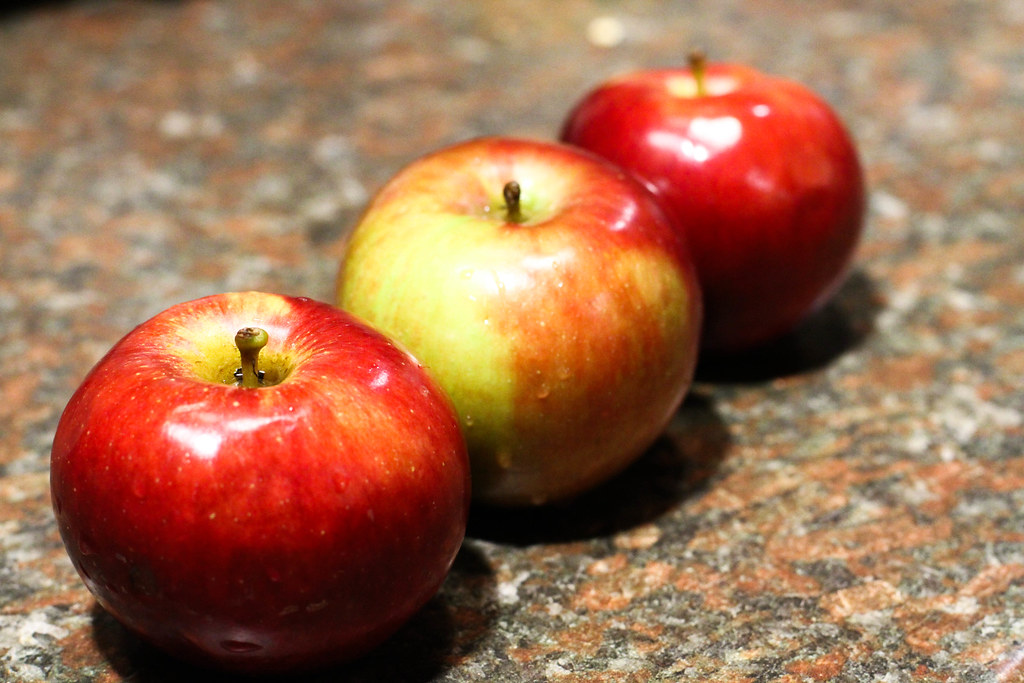Claims about healthy eating have shifted constantly over the years—from no sugar and low carbohydrate diets to low fat fads to gluten-free, grain-free and paleo ideals. With numerous overwhelming and contradictory assertions, what really is “healthy” eating? The weight loss and food industries allege to promote current medical knowledge concerning nutrition, but it often appears as if their main concerns are monetary. Thus, many are now arguing that “healthy” eating is no longer defined by these so-called “healthy” diets: cutting carbohydrates or fats or sugar is not necessarily a panacea to our nutritional woes. In fact, it’s becoming clear that, as individuals, a diet that is “healthy” for one person may, in fact, not be “healthy” for another: our bodies are different and diverge at least slightly in their nutritional needs. That being said, there may be a few universal suggestions for healthy eating that can apply nearly universally.
1. Minimize processed foods.
Humans were never designed to eat genetically modified, artificially flavored and unnatural foods. In fact, such items do not even deserve the title “food”—rather, they are merely “food-like substances.” Processed products are not real food. Our ancestors never ate modified food starch or partially hydrogenated oils, but rather whole foods, like wild-caught meats and foraged berries. Those supporting a Paleolithic diet are at least correct in their aversion to this processed junk. We shouldn’t eat things whose ingredients we can’t even pronounce or understand! Of course, it’s difficult to cut these items out of our diet completely; but one should aim to eat fewer of these products when possible.
2. Listen to your body.
Our bodies have feelings of hunger and fullness for a reason, and we should listen to them. We should never “starve” ourselves by ignoring hunger in hopes of losing weight, nor should we stuff ourselves past the point of satiation. A middle ground exists in which our stomachs are satisfied but not bloated, just full enough; and we should aim to reach that point when eating. It’s when we ignore our bodies’ signals that we fail to properly tend to our individual nutritional needs.
3. Seek variety.
It’s important to eat a variety of foods to ensure that one receives important nutrients, from iron to Vitamins A, C and E. An easy way of achieving such variety is to eat “the colors of the rainbow,” a wide range of different, naturally hued foods; for instance, blueberries, kale, tomatoes and beets all provide very different but vital nutrients in our diet.
4. Enjoy your food.
This statement may sound odd, but studies have actually suggested that when people enjoy the food they’re eating, they actually absorb more nutrients from it! Eat food that you like, or—if you tend to only like “food-like substances”—experiment with tasty ways to prepare whole foods, and maintain an open mind (and stomach). Take time to appreciate your meals, to enjoy the taste and experience of food, and don’t just scarf down your plate thoughtlessly. Food both tastes good and nourishes our bodies; we should take pleasure in eating, as in all other activities we do.




